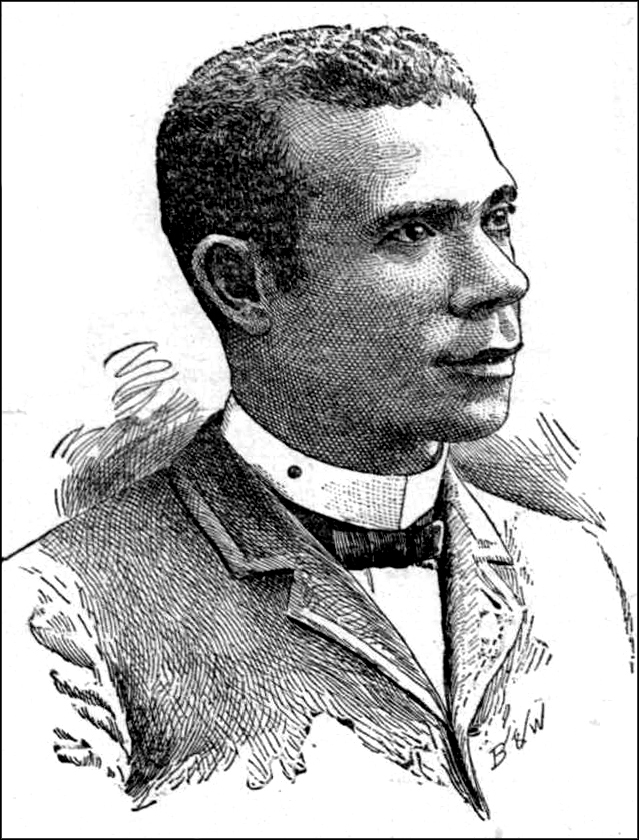In November 1909, Booker T. (Taliaferro) Washington (1856-1915) began an “educational pilgrimage” through five southern states: Tennessee, Mississippi, North Carolina, Texas and Florida. The educator’s purpose was to boost the spirits of African Americans living in appalling conditions in these five states. The first day of the Tennessee portion of the trip included stops at Bristol, Johnson City and Greeneville where he spoke to large crowds comprised of both races.
The train stopped first at Bristol. It was explained to Dr. Washington that since the centerline on State Street split the city between two states, half the population lived in Tennessee and the other half resided in Virginia.

Bristol was described as an educational center of considerable importance, being the seat of four institutions of learning: Virginian Southwest Institute (a Baptist academy for women), King College (a Presbyterian college for men), Sullins College (a Methodist college for girls) and Bristol Normal Institute (a black school for both sexes under the auspices of the Presbyterian Church).
The party arrived in Bristol during a driving flurry of snow that morning. Several hundred people, black and white, braved the harsh elements to come to the railway station for the opportunity of seeing their guest. A committee of the local branch of the Negro Business Men's League, which Dr, Washington organized, surrounded him and escorted him through a cheering crowd to carriages, which then gave the party a tour of the city.
Judge J. H. Price, the son of a slaveholder and one of the Democratic leaders of western Virginia, introduced Dr. Washington, a former slave in Southwest Virginia, to the crowd as one of the Old Dominion's most distinguished sons.
From Bristol, the train proceeded to Johnson City, one of the new manufacturing cities of East Tennessee. It had evolved from a village to a bustling city with steel mills, tanneries and a Carnegie Library. Under construction was a $75,000 Federal building, a tribute to the influence of Congressman Brownlow, the East Tennessee Republican boss with the Appropriations Committee in the House of Representatives.
A large crowd greeted its special guest at the railway station. As Dr. Washington appeared on the railcar steps, the band from National Soldiers' Home struck up a welcoming tune. Johnson City’s Hippodrome, a large rink-like hall a few blocks from the station (located about where the Johnson City Press building now sits), was the chosen site for the gathering. Almost all downtown businesses closed and schools, both black and white, dismissed early. Teachers marshaled their pupils to the Hippodrome as a group. The barn-shaped structure was filled to capacity.
Mayor Burbage introduced Washington, who was received enthusiastically by the crowd. After his speech, hundreds accompanied him back to his train, where he shook hands with many people until it was time for his train to leave. Cheers could be heard as the vehicle chugged out of sight.
Greenville, the next stop on the tour, was reached about 3:30 p.m. This town, which was proud of giving the country a president, escorted visitors to a small street off Main Street. Here stood a dilapidated, weather-beaten little shop bearing a cracked signboard containing barely decipherable words, “A. Johnson, Tailor.” President Johnson was buried in Greeneville on a hill overlooking the town.
Dr. Washington's party was next driven in darkness in buses to Greeneville College, a black school located a half-mile out of town. Dinner was served in the commons room of the school. Afterward, the party was escorted back to town for a meeting in a large crowded hall.
At 10:30 p.m. the special tour train departed Greeneville and headed for Knoxville; the first day of the Tennessee pilgrimage was over.
